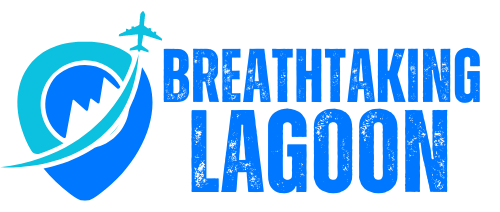Flyers taking trips this summer may look at their boarding pass and just see their entry to an airplane. But your boarding pass contains a lot more than just your plane seat and gate number.
It also includes codes that communicate details about passengers and their itineraries to airport staff. These include unique alphanumeric codes that identify reservation details, acronyms identifying a passenger’s place in boarding and letters used to identify a passenger’s fare class.
And there’s the code that flyers dread seeing: SSSS, which means they’ll get additional security screening.
Here’s what air travelers should know about the codes on their boarding passes.
Travel publications like Conde Nast Traveler and security experts like Brian Krebs of KrebsOnSecurity urge travelers not to throw out paper boarding passes, even after their flight has ended.
Because a boarding pass contains so much personal information about a traveler, scammers who find discarded boarding passes can use that information to access their accounts. That’s why travel and security experts also advise against posting photos of a boarding pass online.
Experts recommend flyers shred their paper boarding passes after using, or board using their mobile phones instead.
These are some of the most common codes seen on airline boarding passes:
SSSS: Secondary Security Screening Selection. These letters mean the passenger has been selected for additional screening, which can include luggage searches, pat-downs and additional questioning at the TSA checkpoint.
PNR: Passenger Name Reference. It’s an alphanumeric code used to uniquely identify a passenger’s itinerary and basic information about them. Travelers need their PNR to look up information about their flights.
ET or ETKT: Electronic Ticket. Some airlines use these acronyms instead of PNR to list the code that contains information about a passenger’s itinerary.
FQTV: Frequent Traveler. This code indicates the traveler is registered with the airline’s frequent flyer or loyalty program.
SEQ or SEQ NO: Sequence number. It indicates the passenger’s place in boarding. Flyers discussing the code on the travel website FlyerTalk said the most coveted sequence code is “SEQ 001,” which means the passenger is the first to board.
BCBP: Bar-Coded Boarding Pass. It’s a bar code that contains passenger information and is scanned to board a plane. The International Air Transport Association sets standards for bar codes on boarding passes, outlined in a lengthy guide; these include the size of the code, its readability and securing codes for fraud prevention.
S/O: Stopover. The flight includes a layover in one or more airports.
SPTC: Stopover Paid by the Carrier. This means the flight includes a layover that lasts longer than a few hours. It also signals overnight accommodations may be included.
A or F: Indicates a first-class ticket.
J: Business Class. It indicates the passenger’s ticket is for a full-price business class fare.
Y: Economy Class. Most airlines use this code to indicate the passenger is in economy class.
The TSA does not publish guidance that explains why people are selected for secondary screening. Anecdotal evidence suggests people are selected for various reasons, which can include:
Michael Salerno is an award-winning journalist who’s covered travel and tourism since 2014. His work as The Arizona Republic’s consumer travel reporter aims to help readers navigate the stresses of traveling and get the best value for their money on their vacations. He can be reached at Michael.Salerno@gannett.com.




